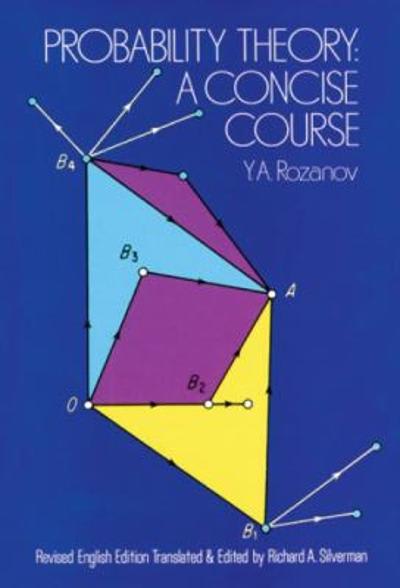Question
Interpreting the Weight IAT. N=700 The Weight IAT measures implicit biases related to body type. More positive scores on the Weight IAT mean: A stronger
Interpreting the Weight IAT. N=700
The Weight IAT measures implicit biases related to body type.
- More positive scores on the Weight IAT mean: A stronger association between fat and bad AND thin and good.
- More negative scores on the Weight IAT mean: A stronger association between fat and good OR thin and bad.
Weight IATQuestions & Variable Descriptions
For the population of Weight IAT participants, is birth gender related to the participants' preference for fat or thin people?
For the population of Weight IAT participants, is birth gender related to the participants' perception of whether most people prefer fat or thin people?
For the population of Weight IAT participants, is birth gender related to the participants' reported body image?
For the population of Weight IAT participants, is birth gender related to the participants' reported importance of weight to sense of self?
Not interested in any of the above questions? Write your own question to investigate the relationship between two categorical variables in your unique random sample. If you write your own question, enter it as your response to question 1) in the Prompt section below.
Weight IAT variable descriptions(opens in a new tab).
Prompt
Work through each of the following items to determine whether the categorical variables in your chosen question are related.
- Which question are you investigating? Copy and paste the question into your response.
- What is the explanatory variable, and what is the response variable?.
- State your hypotheses in context (the variables should be clear in each hypothesis).
- Use StatCrunch to find the observed counts, row percentages, and expected counts. Select the explanatory variable as the row variable and the response variable as the column variable. (directions - opens in a new tab).
- Copy and paste the contents of the StatCrunch output window into your response (copy everything - even the chi-square table).
- Complete the following tasks to make your table more meaningful to the reader.
- Provide a descriptive title above your table. Replace each numeric row label with the appropriate descriptive word(s).
- Replace each numeric column label with the appropriate descriptive word(s).
- Add any other information that will make the table more meaningful to the reader.
- Interpret the expected counts for each response in the 3rd column of your table. No need to show how the expected counts were calculated, but each interpretation should include a relevant percentage.
- Determine whether conditions are met to use the chi-square test of independence. For each condition explain why the condition is met or not met.
- Chi-square test of independence:
- If conditions are met, use the StatCrunch chi-square output (included with your contingency table above) to state your conclusion in context.
- If conditions are not met, select a different question where conditions are met, and start over. Delete your original work, and repeat all steps above.
- If conditions are not met for every question listed above with your IAT data set, contact me.
Step by Step Solution
There are 3 Steps involved in it
Step: 1

Get Instant Access to Expert-Tailored Solutions
See step-by-step solutions with expert insights and AI powered tools for academic success
Step: 2

Step: 3

Ace Your Homework with AI
Get the answers you need in no time with our AI-driven, step-by-step assistance
Get Started


